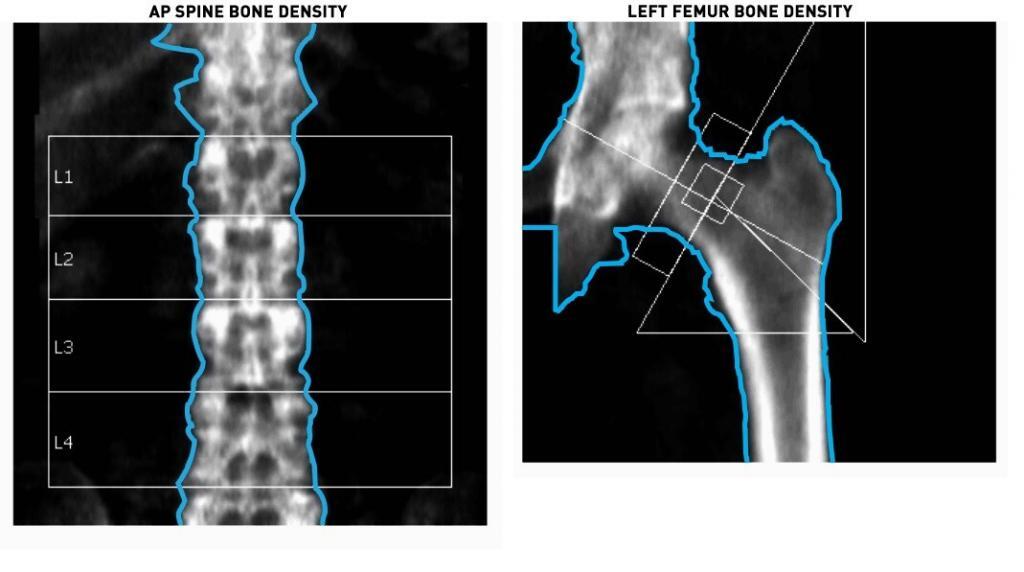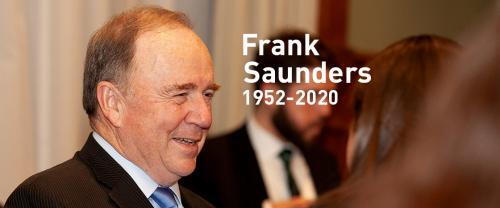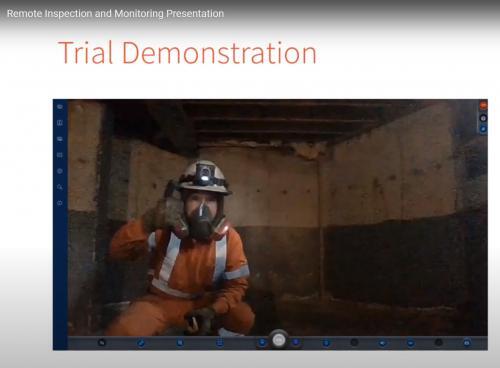
Bone Scanning and Osteoperosis
Here’s a little-known fact: Fractures from osteoporosis are more common than heart attack, stroke and breast cancer combined. Radiologist Robert Bleakney says the issue is under-reported and under-recognized.
Dr. Bleakney specializes in musculoskeletal/ bone radiology at Mount Sinai Hospital in Toronto and is the head of musculoskeletal imaging at the Joint Department of medical Imaging (JDMI). He uses the technique to assess a bone’s mineral density in order to determine a patient’s fracture risk.
“Bone mineral density or mineralization tells us the strength of the bones,” he says. “You want a higher score. The higher the score, the more dense the bone.”
The scans are based on X rays, similar to a Chest X ray, but use a fraction of the radiation dose, equivalent to a few days of natural background radiation or a transatlantic flight. The patient receives two X-rays of varying energy, usually targeting the spine and the left hip. Those are the areas that best predict fracture risk. Using the scan results, Dr. Bleakney can determine whether a patient has a low, moderate or high risk for subsequent fractures.
 From there, doctors can look at appropriate treatment methods. For low-risk patients, lifestyle changes may be all that’s needed. High-risk patients may be offered medications that help strengthen their bones.
From there, doctors can look at appropriate treatment methods. For low-risk patients, lifestyle changes may be all that’s needed. High-risk patients may be offered medications that help strengthen their bones.
While anyone can suffer from the impacts of a fracture, women are often at an increased risk for fractures. Other risk factors include:
- Being over 65
- Early menopause
- Family history of fractures, osteoporosis and past fragility fractures
- Certain medications: Steroids have been known to decrease bone mineral density and increase fracture risk
You don’t need to wait for your own scan to think about strengthening your bones and reducing fracture risk. Here are some useful tips:
- Regular weight-bearing exercise helps stimulate bone growth. Running, walking and weight lifting are all good options.
- Fall Prevention techniques by strengthening the muscles. This can include physiotherapy
- Calcium and Vitamin D supplements
Dr. Bleakney says fractures often result in decreased mobility or even death. The economic impact cannot be ignored. According to the Public Health Agency of Canada, fractures cost Canadian tax payers over $2 billion dollars annually.
With an aging population, the matter is only certain to gain even more importance. According to Osteoporosis Canada, “Without BMD (bone mineral density) testing, 80% of patients with a history of fractures are not given osteoporosis therapies. Hundreds of thousands of Canadians needlessly fracture each year because their osteoporosis goes undiagnosed and untreated.”



